Table of Contents
The UNESCO Sites in Switzerland have resulted from the recognition of 13 cultural and natural landmarks as UNESCO World Heritage Sites in Switzerland and 1 location on the Switzerland UNESCO tentative list. These tourist sites in Switzerland are acknowledged for their unique and valuable cultural, natural, artistic, and historical significance and are preserved for future generations to enjoy.
In addition to these 13 sites on the Switzerland UNESCO list, there are many other places to travel to Switzerland that are being considered for UNESCO recognition. These sites, listed on the tentative list, showcase the rich cultural heritage of the country and are waiting for approval to join the prestigious and famous World Heritage Sites list.
To help visitors discover these remarkable Switzerland tourist attractions, we have put together an interactive map of the UNESCO sites in Switzerland.
Switzerland UNESCO Map
Click markers to show information and photo.
World Heritage Sites in Switzerland
UNESCO World Heritage Sites in Switzerland
There is 13 UNESCO World Heritage Sites in Switzerland. All of these three sites are listed under the Cultural category.
- Abbey of St Gall
- Benedictine Convent of St John at Müstair
- La Chaux-de-Fonds / Le Locle, Watchmaking Town Planning
- Lavaux, Vineyard Terraces
- Old City of Berne
- Prehistoric Pile Dwellings around the Alps
- Rhaetian Railway in the Albula / Bernina Landscapes
- The Architectural Work of Le Corbusier, an Outstanding Contribution to the Modern Movement
- Three Castles, Defensive Wall, and Ramparts of the Market-Town of Bellinzona
- Ancient and Primeval Beech Forests of the Carpathians and Other Regions of Europe
- Monte San Giorgio
- Swiss Alps Jungfrau-Aletsch
- Swiss Tectonic Arena Sardona
UNESCO World Heritage Sites in Switzerland are protected locations for their cultural and natural importance.
Abbey of St Gall
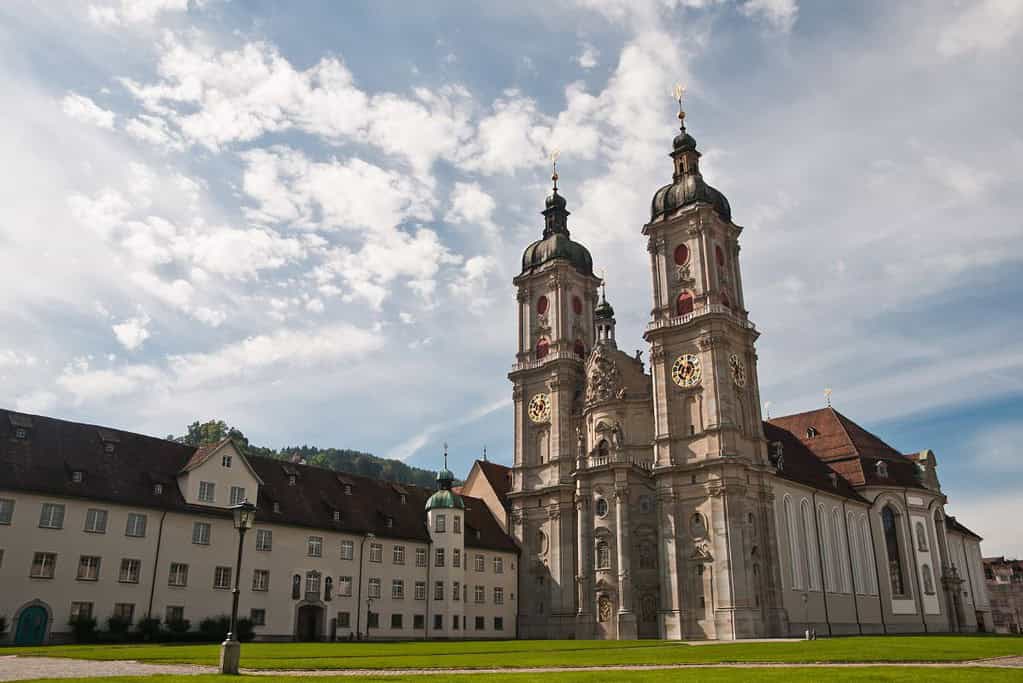
The Abbey of St. Gall, located in St. Gallen, Switzerland, is a UNESCO World Heritage Site of immense historical and cultural significance. Dating back to the 8th century, the abbey complex boasts a remarkable blend of architectural styles, including Romanesque and Baroque elements. It served as a center of learning and spirituality, housing one of Europe’s most important medieval libraries, renowned for its collection of ancient manuscripts. The Abbey Church, with its awe-inspiring interior and ornate stucco decorations, stands as a testament to the abbey’s architectural prowess. The Abbey of St. Gall is a cherished symbol of European monasticism, attracting visitors worldwide with its rich history and remarkable cultural treasures.
Benedictine Convent of St John at Müstair
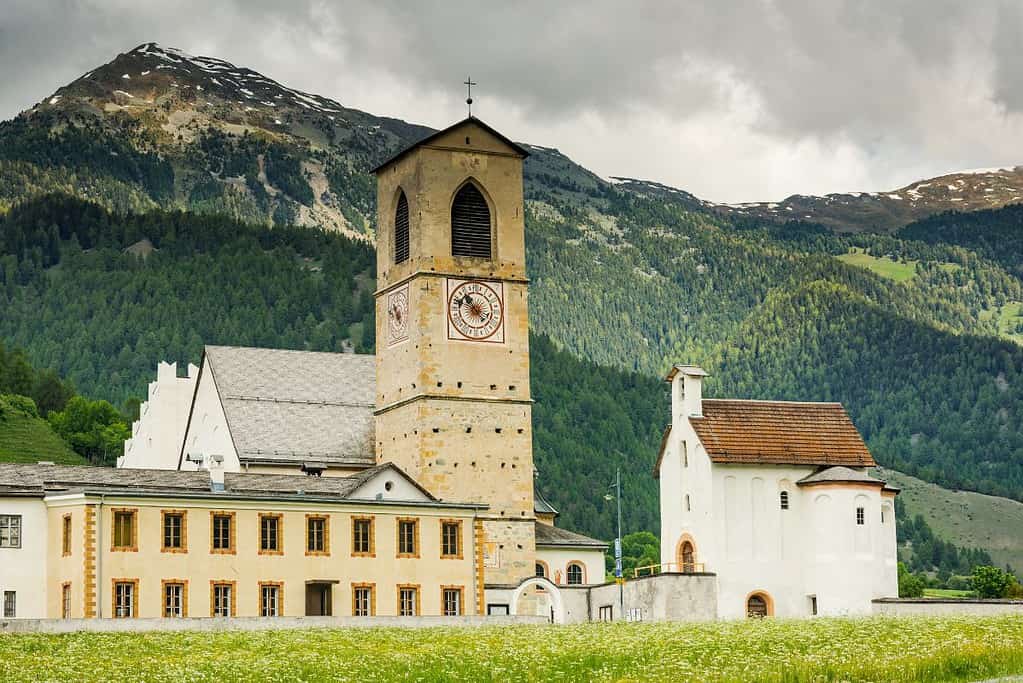
The Benedictine Convent of St. John at Müstair is a UNESCO World Heritage Site in the Müstair Valley of Switzerland. This historic convent dates back to the 8th century and is renowned for its exceptional Carolingian frescoes. The convent’s church, dedicated to St. John the Baptist, showcases a remarkable blend of Romanesque and Gothic architectural styles. The beautifully preserved frescoes inside the church depict religious scenes, making it a significant cultural and artistic treasure. The Benedictine Convent of St. John at Müstair is a testament to the region’s rich medieval heritage and continues to inspire visitors with its serene atmosphere and captivating artwork.
La Chaux-de-Fonds / Le Locle, Watchmaking Town Planning
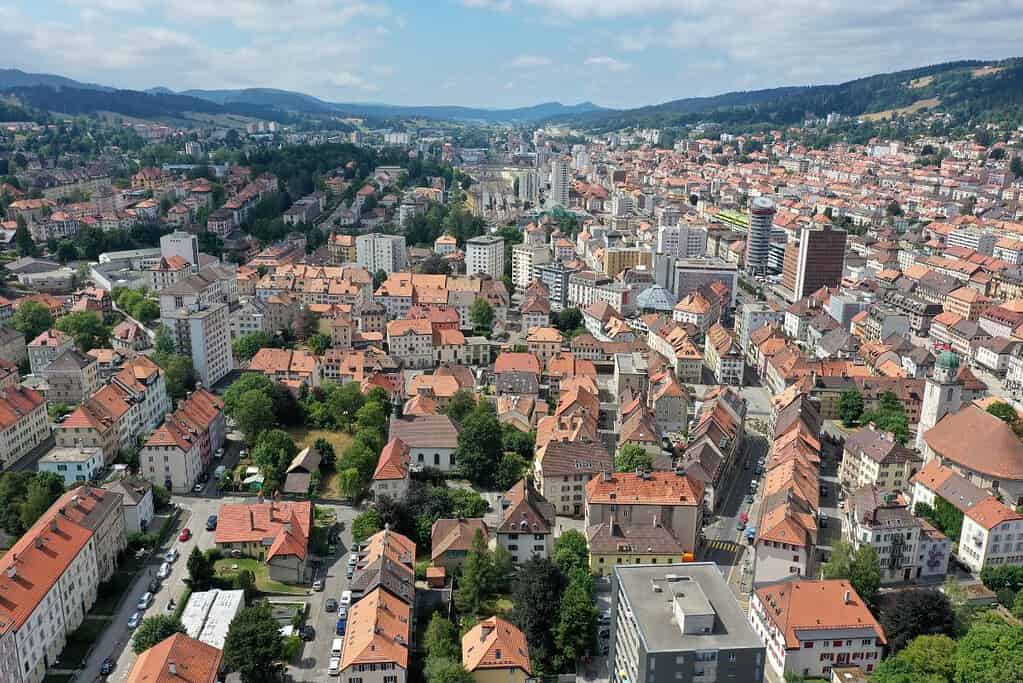
La Chaux-de-Fonds and Le Locle, located in Switzerland, are jointly recognized as UNESCO World Heritage Sites for their outstanding watchmaking town planning. These two towns are renowned for their significant contribution to the development of the Swiss watchmaking industry. The urban layout of La Chaux-de-Fonds and Le Locle reflects the specialized craftsmanship and unique architectural designs that evolved around the watchmaking trade. The towns showcase a harmonious blend of industrial and residential areas, with meticulously planned streets, spacious workshops, and well-preserved watchmaking factories. The UNESCO recognition celebrates the exceptional heritage of these towns, which have played a pivotal role in shaping the global watchmaking industry.
Lavaux, Vineyard Terraces
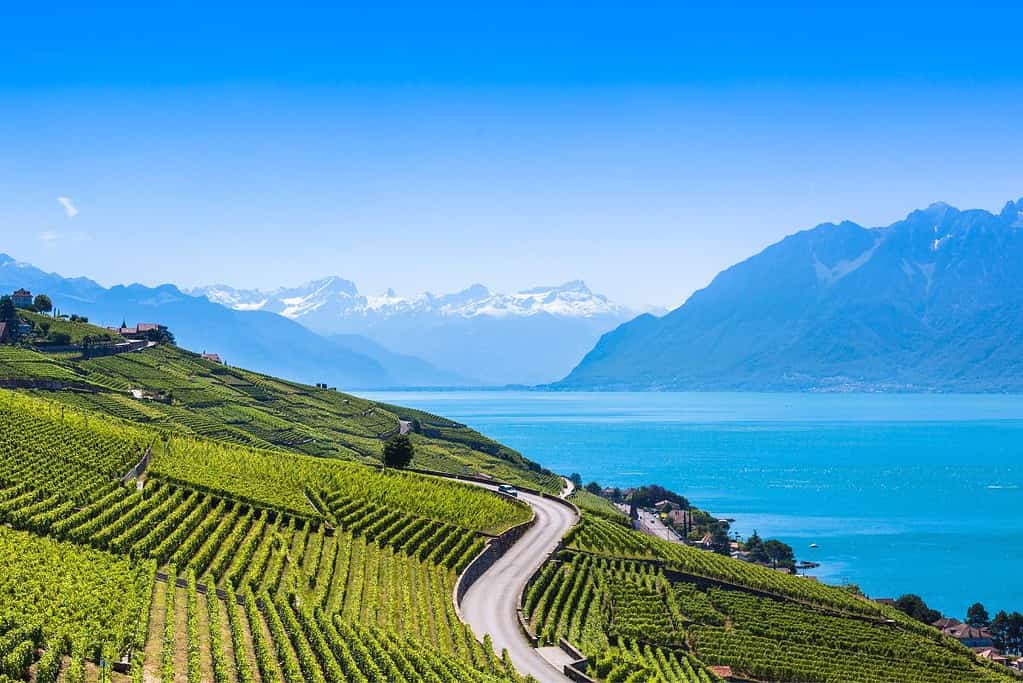
Lavaux Vineyard Terraces is a UNESCO World Heritage Site situated in Switzerland. Nestled along the shores of Lake Geneva, this unique cultural landscape is renowned for its breathtaking vineyards stretching across the Lavaux region’s slopes. The terraced vineyards showcase the local winegrowers’ remarkable craftsmanship and ingenuity and offer panoramic views of the lake and the surrounding Alps. This picturesque site is not only a testament to the long-standing tradition of wine production in the region but also a place of outstanding natural beauty that captivates visitors with its harmonious blend of nature and human creativity.
Old City of Berne
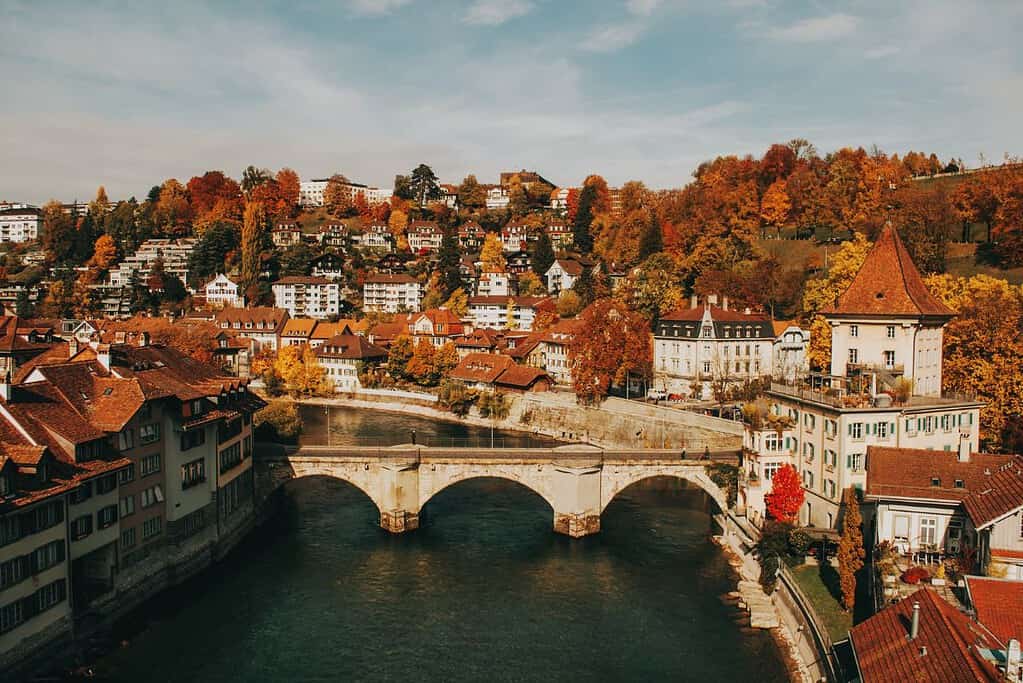
The Old City of Berne is a UNESCO World Heritage Site in Switzerland. It is renowned for its exceptionally well-preserved medieval architecture and layout. The city’s historic center is characterized by its narrow streets, charming squares, and beautifully preserved buildings dating back to the 12th century. The iconic Zytglogge clock tower and the Gothic-style Bern Cathedral are notable landmarks within the Old City. With its rich history and architectural beauty, the Old City of Berne stands as a testament to the city’s cultural heritage. It serves as a captivating destination for visitors from around the world.
Prehistoric Pile Dwellings around the Alps
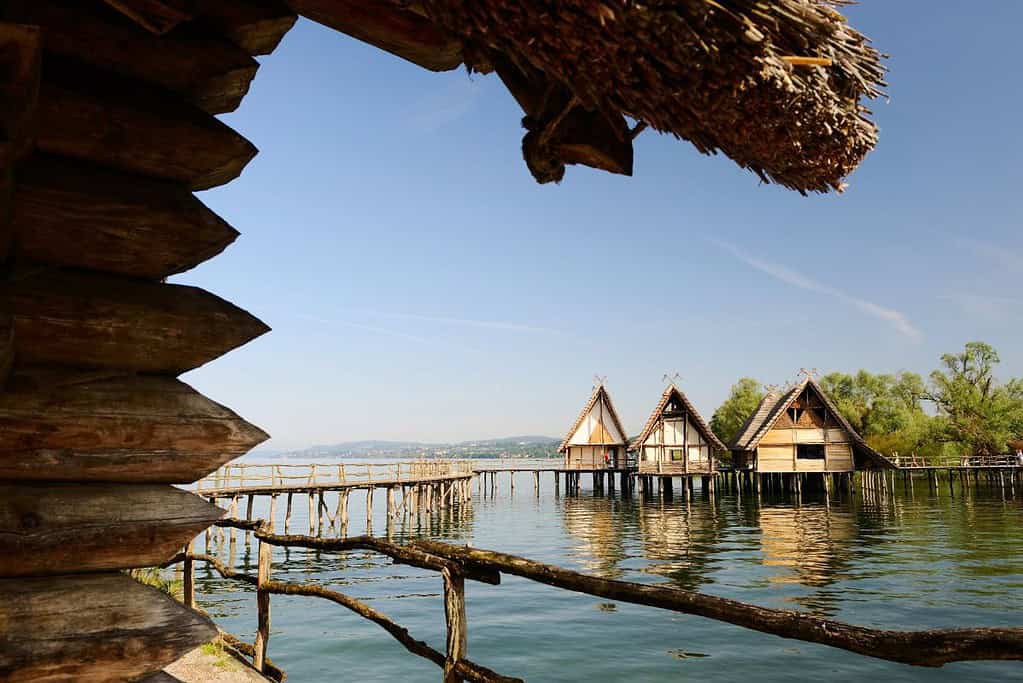
Prehistoric Pile Dwellings around the Alps is a UNESCO World Heritage Site in several countries surrounding the Alpine region. This site consists of ancient pile dwellings and stilted settlements constructed on lakes, rivers, and wetlands during the Neolithic and Bronze Ages. These dwellings provide valuable insights into the prehistoric lifestyles and technological advancements of the early human communities that inhabited the region. The remains of these well-preserved settlements offer a fascinating glimpse into our ancestors’ daily lives, architecture, and cultural practices, showcasing their adaptation to and harmonious coexistence with the natural environment. The site is a testament to the rich heritage and historical significance of human settlement in the Alps thousands of years ago.
Rhaetian Railway in the Albula / Bernina Landscapes
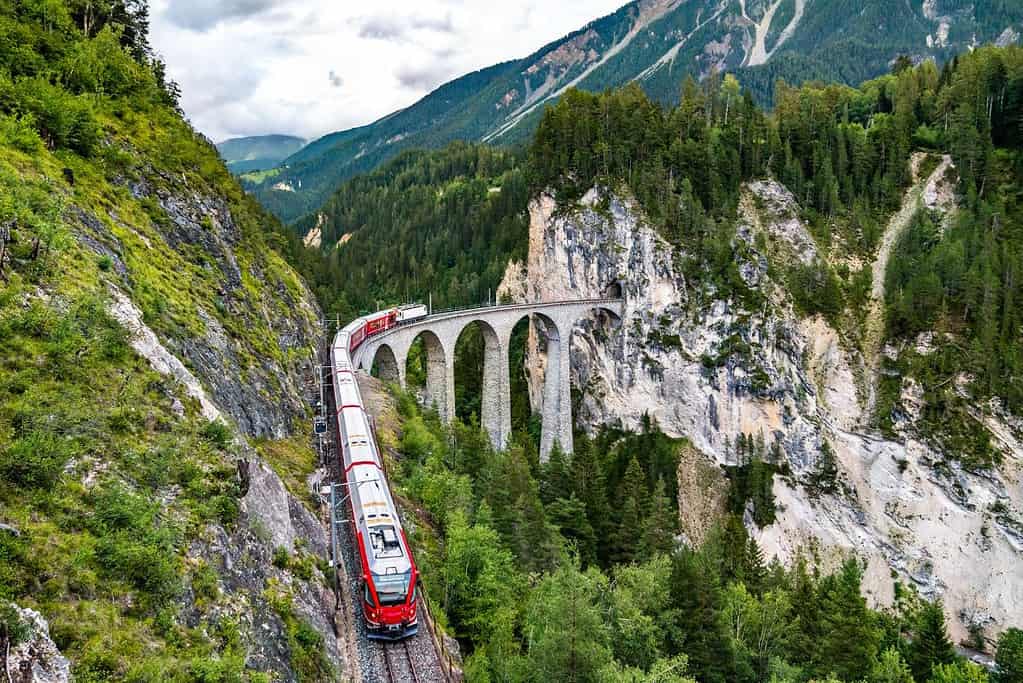
The Rhaetian Railway in the Albula/Bernina Landscapes is a remarkable UNESCO World Heritage Site in Switzerland. This exceptional railway route traverses the stunning landscapes of the Albula and Bernina regions, showcasing breathtaking mountain scenery, deep valleys, and charming Alpine villages. The railway is renowned for its innovative engineering and remarkable feats of railway construction, including viaducts, tunnels, and spiral loops. The journey offers passengers an unforgettable experience as they traverse this awe-inspiring terrain, immersing themselves in the Swiss Alps’ natural beauty while appreciating this extraordinary railway’s historical significance.
The Architectural Work of Le Corbusier, an Outstanding Contribution to the Modern Movement
The Architectural Work of Le Corbusier, an Outstanding Contribution to the Modern Movement, is a UNESCO World Heritage Site that showcases the remarkable architectural legacy of the renowned Swiss-French architect Le Corbusier. Spanning seven countries, including France, Switzerland, Belgium, Germany, Argentina, Japan, and India, this collection of 17 sites represents a groundbreaking and influential contribution to modern architecture. Le Corbusier’s innovative designs embody the principles of functionality, harmony, and the use of modern materials, revolutionizing architectural practices of the 20th century. From the iconic Villa Savoye in France to the striking Capitol Complex in India, these sites exemplify Le Corbusier’s vision and enduring impact on the architectural world.
Three Castles, Defensive Wall, and Ramparts of the Market-Town of Bellinzona
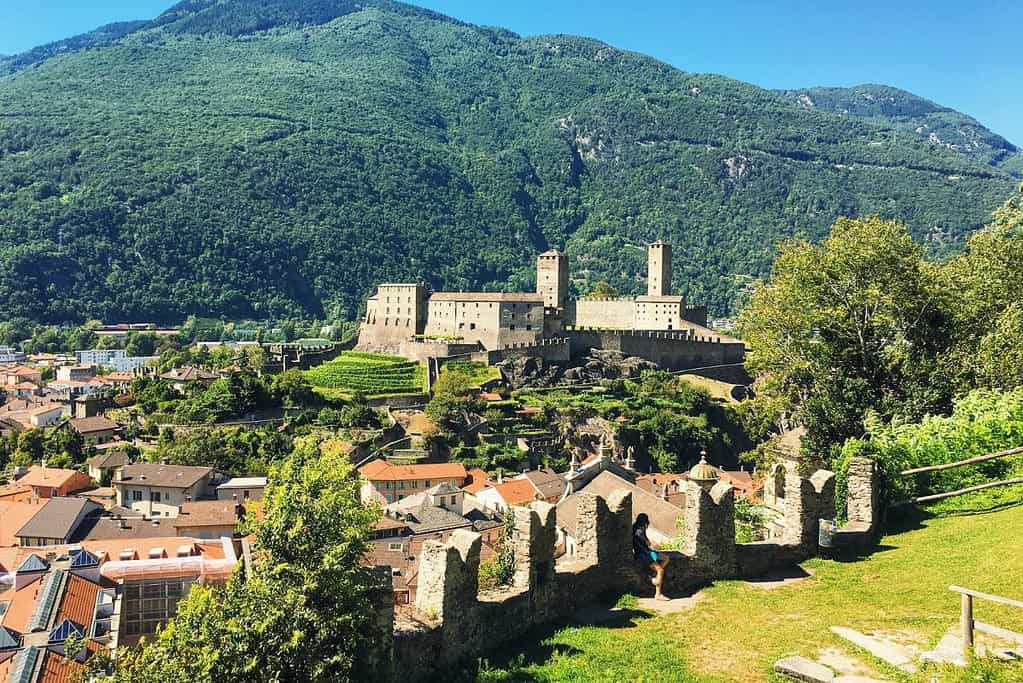
The Three Castles, Defensive Wall, and Ramparts of the Market-Town of Bellinzona is a UNESCO World Heritage Site in Switzerland. It encompasses three well-preserved medieval castles: Castelgrande, Montebello, and Sasso Corbaro, along with their surrounding defensive walls and ramparts. These structures played a significant role in the region’s strategic defense and showcase the medieval period’s architectural and military prowess. The castles provide a captivating glimpse into Bellinzona’s history and fortification techniques, making it a remarkable site for visitors interested in medieval architecture and Swiss heritage.
Ancient and Primeval Beech Forests of the Carpathians and Other Regions of Europe
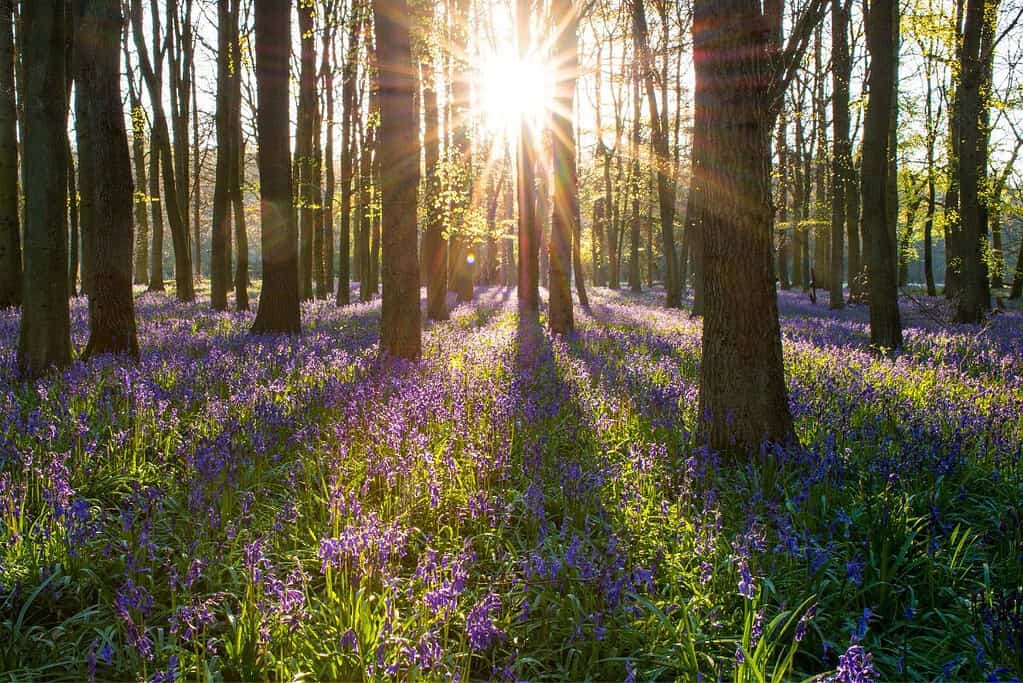
The Ancient and Primeval Beech Forests of the Carpathians and Other Regions of Europe is a UNESCO World Heritage Site encompassing a collection of stunning beech forests spread across several European countries. These forests represent some of the region’s most well-preserved and biodiverse ecosystems. They serve as a living testament to the primeval landscapes that once covered large parts of the continent. The forests are home to a remarkable array of flora and fauna, including endangered species, making them vital for conservation efforts. The serene beauty and ecological significance of these ancient beech forests make them a true treasure of Europe’s natural heritage.
Monte San Giorgio
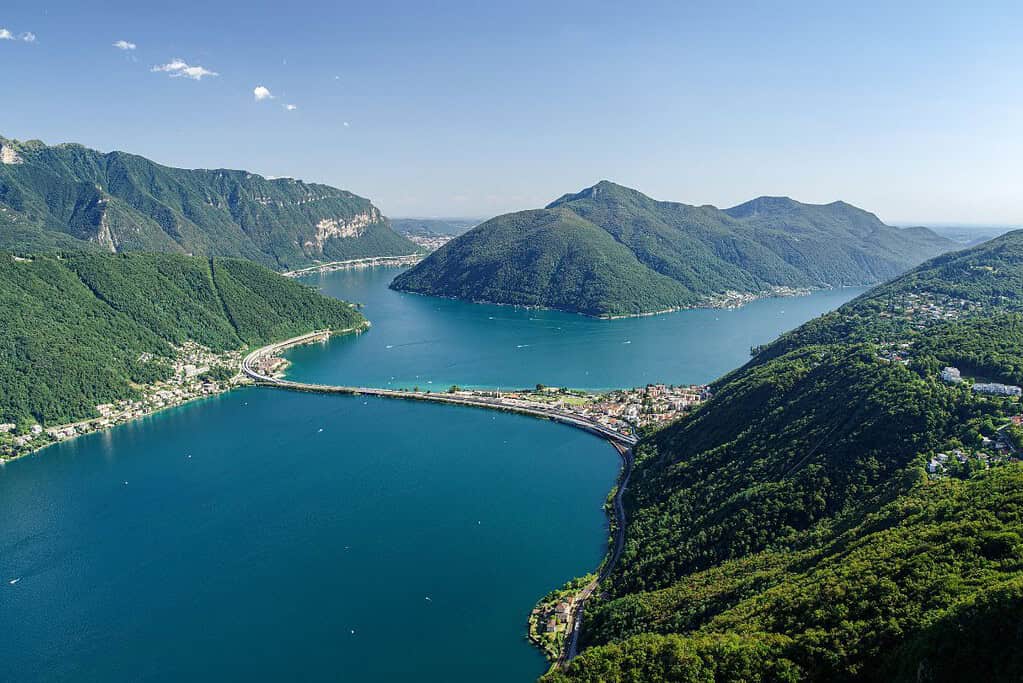
Monte San Giorgio, located in Switzerland and Italy, is a UNESCO World Heritage Site renowned for its exceptional fossil record. This majestic mountain holds a treasure trove of well-preserved marine fossils from the Middle Triassic period, offering valuable insights into life on Earth over 240 million years ago. The fossilized remains, including numerous reptiles, fish, and invertebrates, provide crucial evidence of this ancient aquatic environment’s evolutionary history and ecosystem dynamics. The unique geological formations and diverse fossil assemblages make Monte San Giorgio an extraordinary destination for scientists, paleontologists, and nature enthusiasts, showcasing the incredible wonders of our planet’s prehistoric past.
Swiss Alps Jungfrau-Aletsch
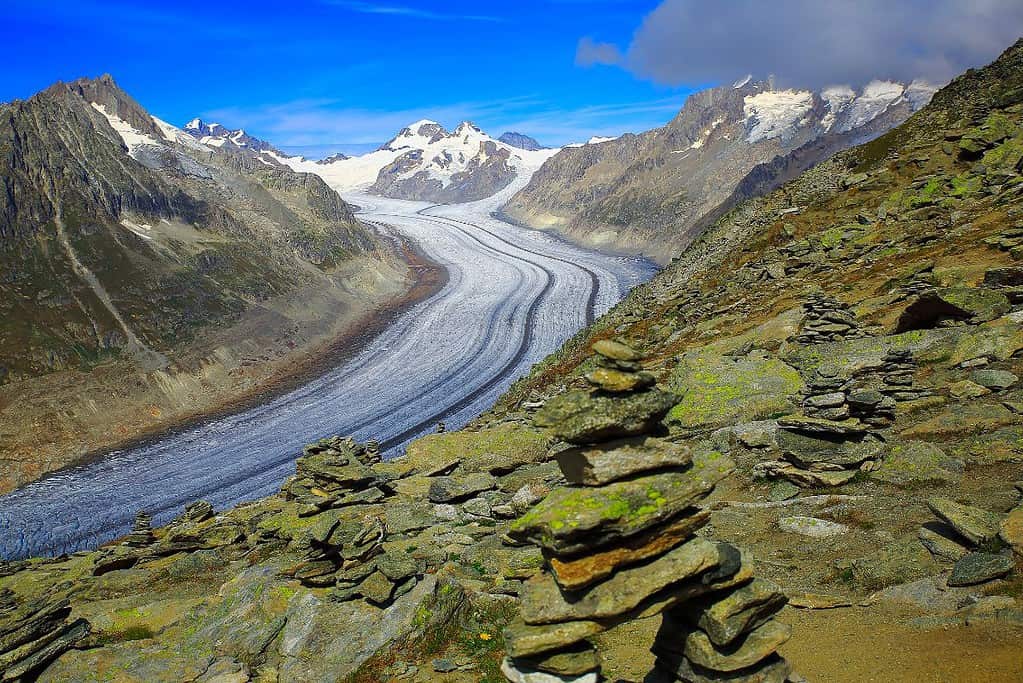
The Swiss Alps Jungfrau-Aletsch region is a UNESCO World Heritage Site in Switzerland. It is renowned for its breathtaking natural beauty and outstanding geological features. The site encompasses the Jungfrau, a majestic mountain reaching over 4,000 meters, and the Aletsch Glacier, the largest glacier in the Alps. The region offers stunning alpine landscapes with snow-capped peaks, deep valleys, and pristine meadows. It is a haven for outdoor enthusiasts, offering a range of activities such as hiking, skiing, and mountaineering. The Swiss Alps Jungfrau-Aletsch is a natural wonder symbol of Switzerland’s rich cultural heritage and the harmonious coexistence between humans and nature.
Swiss Tectonic Arena Sardona
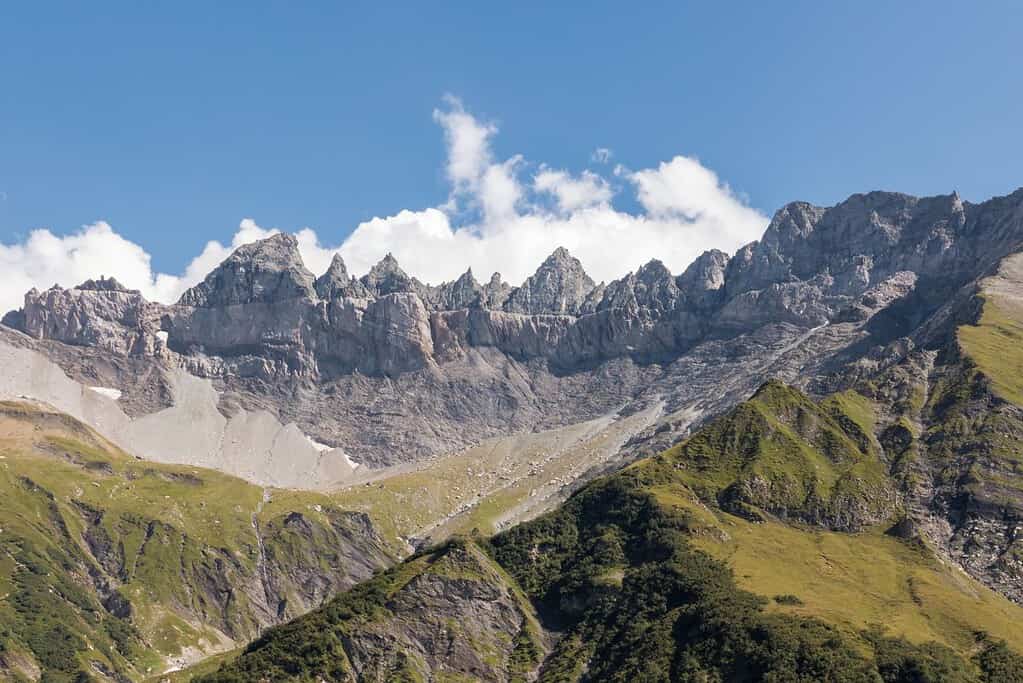
Swiss Tectonic Arena Sardona is a remarkable UNESCO World Heritage Site in Switzerland. This unique site showcases the complex geological processes that have shaped the Earth’s crust over millions of years. It encompasses a stunning mountainous region where tectonic forces have pushed and folded the rocks, resulting in a visually striking landscape. The site is renowned for its “Glarus Thrust,” a major geological fault that exposes rock layers from different periods, offering valuable insights into the Earth’s geological history. Swiss Tectonic Arena Sardona is a geological marvel and a place of scientific significance, attracting researchers and nature enthusiasts alike.
Switzerland UNESCO tentative list
- Pont sur la gorge du Salgina
Tours in Switzerland
Our choices of tours in Switzerland are divided into thematic features such as Zurich, Geneva, and Lucerne Experience.
